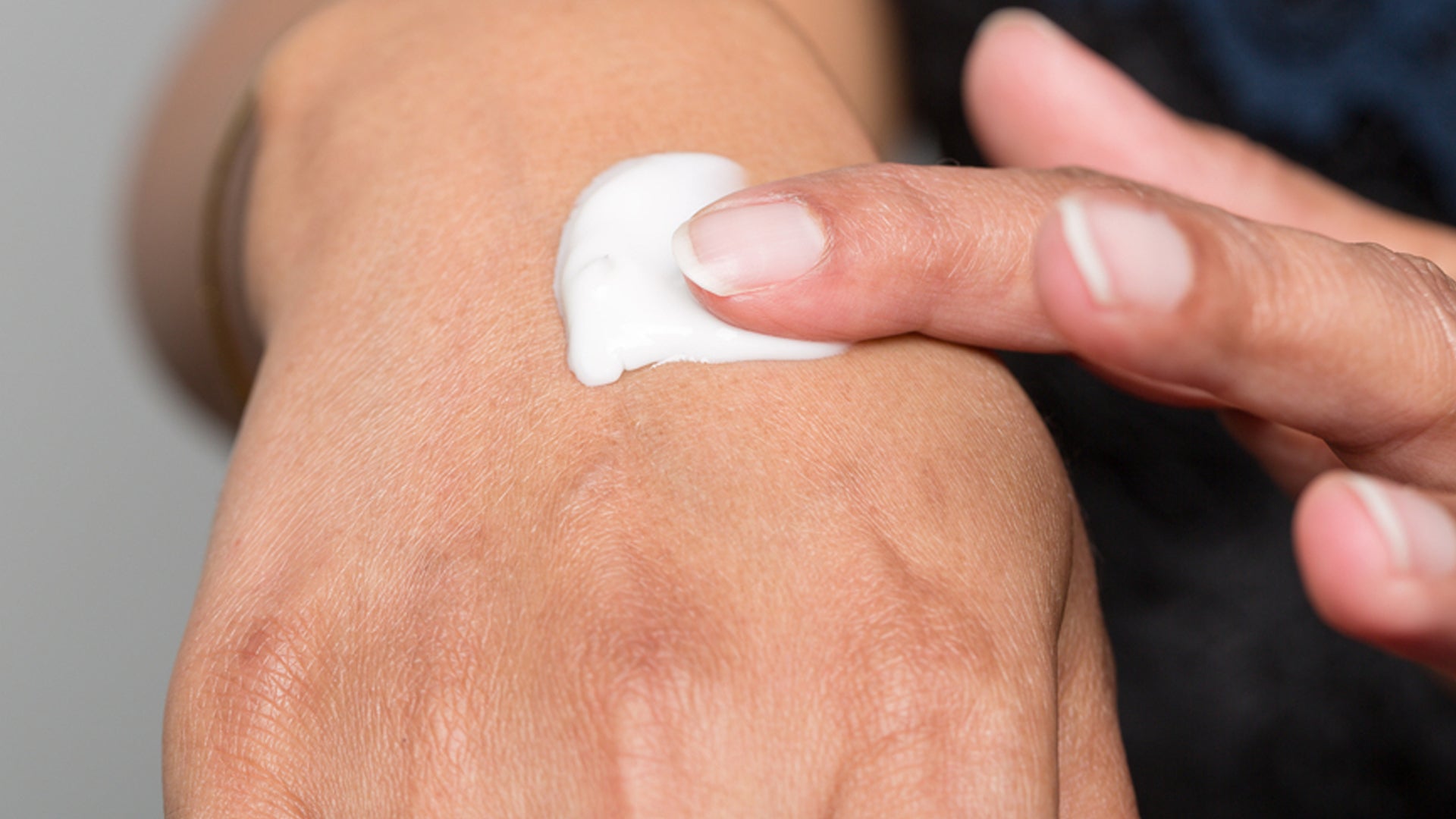Do you suffer from perpetually dry and flaky skin no matter how much moisturiser you slather on? Treating dry skin is not just about slathering lotions and creams, because you can drench yourself in lotions all day long and still revert back to the same uncomfortable, dry and rough skin. So, understanding the root cause for dryness and treating it strategically with the right products that have key ingredients are crucial.
Causes for dry skin
Some of the prime reasons for dry skin are -
- Genetic – Sometimes, dry skin is simply because it's in the genes.
- Hormonal – For hormonal issues, please consult a doctor and follow the treatment prescribed. Any given strategy doesn’t work if the actual cause is not addressed.
- Ageing – As we age, the glands on the skin may not produce enough oils to keep the skin moist, leading to dry skin.
- Weather – In places that have extremely harsh, cold weather, the humidity tends to be on the lower side of the spectrum leading to dry, flaky skin.
- Skin care products – Using cleansers with harsh ingredients like sulphates and fragrances could irritate sensitive skin. Also, over-exfoliation using physical scrubs or inappropriate use of chemical exfoliants could aggravate dryness.
- Cumulative unprotected sun exposure – Not using sunscreen at all or improper use of sunscreen with respect to quantity of product used, sun-protection provided by the product (spf and PA values) and reapplication.
Replenishing routine for very dry skin
Taking good care of dry skin involves choosing a good range of dry skin products that nourish and calm the skin.
- Cleansing - Begin with a gentle, but effective cleanser that does not contain any harsh ingredients like sulphates or alcohols. Using cleansers that strip off the natural oils on the skin can be counter productive. It is important to avoid bar soaps and scrubs as these products aggravate dryness by irritating the skin barrier, which leads to water loss from the epidermis (the outer layer of the skin).
- Toning – If you must, you can use toners with replenishing and rejuvenating ingredients. Look for hydrating and nourishing ingredients like rose water, glycerine, chamomile and aloe vera.
- AHAs – Switch to chemical exfoliants like AHA (Alpha hydroxy acids), instead of physical scrubs that can be highly irritating, especially on dry skin. Choosing leave-on AHAs like lactic acid can be beneficial because they not only exfoliate gently, but also hydrate the skin at the same time. Stick to 5% concentration of the acids or less, if you are starting out. Exfoliants need to be used only once or twice a week.
- Moisturiser/Serum – Serums with ingredients like hyaluronic acid help draw moisture into the skin and keep it hydrated. Moisturisers with the right proportion of humectants, emollients and occlusives can work well to reduce dryness. Some skin types might not need all these three. This can be a tricky step because you need to achieve the right combination of serum/moisturiser. You want a moisturiser and/or serum that has skin rejuvenating and renewing ingredients and at the same time hydrating enough to quench dry skin.
- Facial oil – Finally, use a light facial oil at night. You can either apply it strategically on dry patches or on the whole face. This locks in the moisture provided in the previous steps.
- Sun protection – Using a broad-spectrum sunscreen during the day is a non-negotiable step in any skin care routine. As far as dry skin is concerned, this is an equally important step because cumulative unprotected sun exposure is a prime reason for dryness.
- Dry skin on the body – For the rest of the body, use a gentle body cleanser while bathing. Pat dry using a towel and apply a light oil when the skin is damp for better absorption. If needed you can top it off using a thick body lotion or cream. Slugging is a Korean skin care method that entails trapping water on the skin using petrolatum like Vaseline. This is an effective way to keep the skin moist for very dry skin too.
Lifestyle changes
- Healthy fats – Including healthy fats in the diet– nuts- almonds, walnuts; seeds - chia seeds, pumpkin seeds, flaxseeds; fruits like avocado, oils like coconut oil, sesame oil or whatever is available locally, will help in maintaining healthy skin.
- Regular workouts – Bringing in some movement daily helps keep the skin glowing. Setting aside half an hour a day for exercise goes a long way in maintaining one’s health. After all, isn’t what we see outside is just a reflection of what’s happening inside?
- Humidifier – If you stay in a place that has extremely cold and harsh weather, invest in a good humidifier. Else the dry air from the centralized heater can cause loss of moisture from the skin leaving it parched dry.
References






 +91 9347578980
+91 9347578980